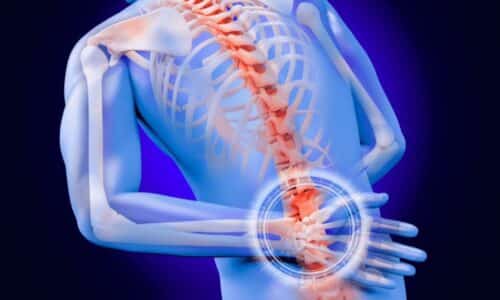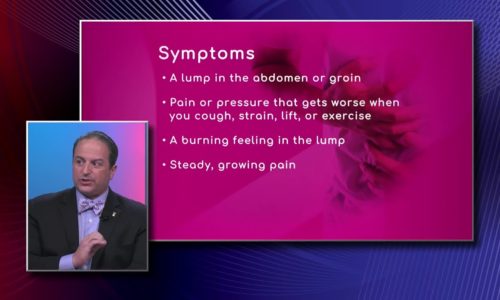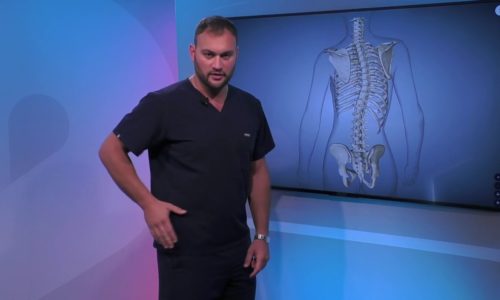History of Minimally Invasive Spine Surgery |
Minimally invasive surgery implies that there is an attempt to minimize the injury of surgery, explains Dr. Georgiy Brosuvanik, Spine Surgeon with Baptist Health South Florida.
This type of surgery minimizes the size of the incisions and what happens inside is much more sparing, he describes.
Transcript
So tell me it, tell us what that means? and what kind of surgeries were talking about? > So minimally invasive surgery implies that there is an attempt to minimize the injury of surgery. There are minimally invasive options for most specialties now. Now look back in a day something as simple as a meniscus surgery on the knee would involve a giant incision and months of rehab, now great Doc’s here in the community perform operations on the knees multiple times a day and patients just get up from surgery and they go. And the reason is because they’ve minimized the size of the incisions they’ve made it so that camera is function as the doctors eyes thereby you don’t need to open the the cavity and the human body as much and you don’t need to cause as much injury. So spine surgery lagged behind for a while, and the transition just took place over the past perhaps 20 years. So when a problem is in the lower back in order to get to the lower back either through the back, through the side, or through the front, it used to involve great mobility, used to involve injuring muscles, and creating a lot of blood loss that space and the advance the minimally invasive advanced is essentially it could be described as a way to sneak inside, correct the problem and sneak out. > So just a little incision is what we.. > Correct. A little incision and most importantly what happens inside is much more sparing.








